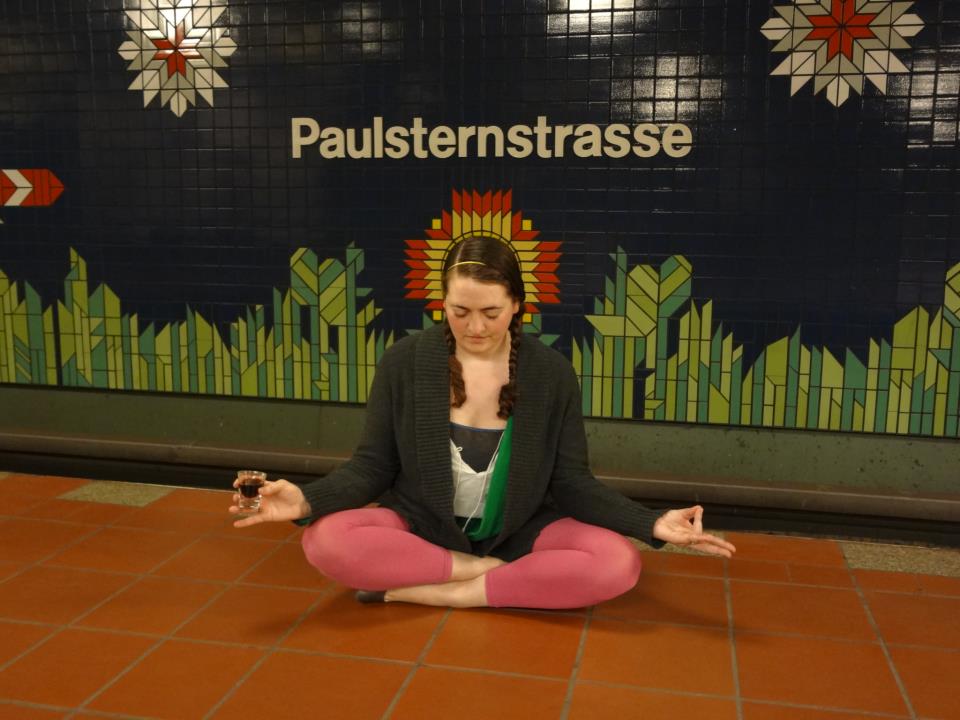When I was last on the job hunt, I had two interesting opportunities. The jobs had some important differences, including different locations. One was in Cologne, the other in Vienna. This caught my attention as both options were remote so I could happily work from my home in Berlin but also included the chance to occasionally visit the office. Cologne is nice, but an office visit to Vienna a few times a year sounded like a bonus. I took the job in Vienna.
And I’m glad I did! Startup life is chaotic, but it takes on an air of elegance when surrounded by such grandeur. I’ve had two trips to office so far, combining one of them with a meander through Munich, Salzburg, and Nuremberg. Combining work and travel is my ideal work environment.

Stephansdom in Vienna, Austria PHOTO: Erin Porter
I am still getting to know the magnificent city known as Wien, but here are my recommendations on where to visit in Vienna, Austria.
Stephansdom
St. Stephen’s Cathedral is impressive, even in the crowded lineup of gorgeous European cathedrals. The first time I caught site of its patterned roof I was blown away. Rising from the ruins of earlier churches from 1147, the Dom is one of the most identifiable buildings and most important religious building in Vienna. Frequented by all the important people from the Habsburgs to today’s royalty, visitors should go inside to see where Louis II of Hungary and Mary of Austria wed in 1515, then climb the 256 stairs for epic aerial views of the city. General entrance is free, though full access is ticketed.
Graben
Stroll the glorious square known as the Graben between Stephansdom to Hofburg palace and absorb the affluence. Note the Wiener Pestsäule (plague column) as well as Peterskirche (Baroque church and classical music venue). Central Vienna is grand in the best way.
Easy to overlook as you gaze upwards, cast your eyes to street level to view Stock im Eisen (staff in iron). This tree trunk encased behind glass has hundreds of nails that have been pounded in for good luck since 1575.
Hofburg
The former winter residence of the Habsburgs built in the 13th century, this sprawling compound includes the Imperial Apartments, Sisi Museum (dedicated to the beloved Empress Elisabeth), Silberkammer (court silver and porcelain), Imperial Treasury (crown jewels and religious relics) as well as Heldenplatz and the Neue Burg. Wandering around the area is an attraction in itself along with visits to nearby parks Burggarten and Volksgarten, but buy tickets to one or all of the museums to experience the full splendor.
In my opinion as a former competitive horse rider, Spanische Hofreitschule (Spanish Riding School) is the highlight of the Hofburg. The world-renowned Lipizzaner horses perform their “Airs Above the Ground” in classical dressage here. Once only open to royalty, visitors can buy tickets to performances throughout the year.
Schloss Schönbrunn
Habsburgs summer residence, Schönbrunn Palace, is one of the most beautiful examples of baroque architecture in Europe. It contains 1,441 rooms in rococo style; only 45 of which can be visited. Among the highlights are the Hall of Mirrors where a six-year-old Mozart played, the Chinese Round Cabinet where Maria Theresa met with State Chancellor Prince Kaunitz, and the Vieux Lacque room which hosted Napoleon. Out of all these historic locations, the Million Room may be the most beautiful decorated in rosewood and with miniatures from India and Persia.
This is a UNESCO World Heritage Site and the visitors can explore the immaculate grounds for free with tickets required for the interior. This is Vienna’s most popular tourist destination, so reserve tickets well in advance. The palace gardens are also worth visiting, with the Vienna Zoo – the world’s oldest zoo – within the grounds. The Gloriette is another highlight where you can look back at the palace in all its glory. Other attractions include: the Desert House, Palm House, Wagenburg (the Imperial carriage museum), Children’s Museum and a maze.
Hundertwasser

Hundertwasserhaus PHOTO: Erin Porter
Friedensreich Hundertwasser is a renowned architect with several note-worthy buildings in Vienna. The most famous is the unusual apartment block decorated with wild turrets, tiles and murals. It resembles something like a park and a child’s drawing come to life. Visitors gawk outside and buy knick-knacks from the many vendors, with the Hundertwasser Museum displaying more of the artist’s work.
Belvedere
For a more traditional art venue, the Belvedere is a must. Again there are superb gardens, with the interior divided into two buildings – the Upper and Lower Belvedere. Located in the former residence of Price Eugene of Savoy is Klimt’s “The Kiss”. There is also the Karlskirche (baroque church), Schwarzenbergplatz (Soviet memorial) and Heeresgeschichtliches Museum (museum of military history) in the vicinity.
Prater

Bizarre scenes from Prater PHOTO: Erin Porter
My new office is located near Prater so my first time visiting I walked through the park. Wet from rain and looking especially bizarre in the morning light, I was like “What is this place?!”.
Opened in 1873 as part of the World Fair, it is officially named Wurstelprater. This amusement park within the city has attractions including:
- Wiener Riesenrad – Famed Ferris wheel with large cars and featured in media such as Amazing Race
- Giant spinning swing
- Rollercoasters
- Fun houses
- Bumper cars
- Restaurants & shops
- Planetarium
- Madame Tussauds
The decor verges on the freakish with giant clown heads, surreal sculptures and horror-themed houses. Parts of the park seem decidedly not-kid friendly, though my kids made it out without nightmares – barely. You can walk through the area for free with each ride costing a certain number of tickets, generally ranging from 2-5 euro. I loved the weirdness of this place and look forward to future visits in summer.
If you are looking for more tips on visiting Vienna, Austria, watch for a follow-up post on where to eat! Lecker, lecker.



0 Comments